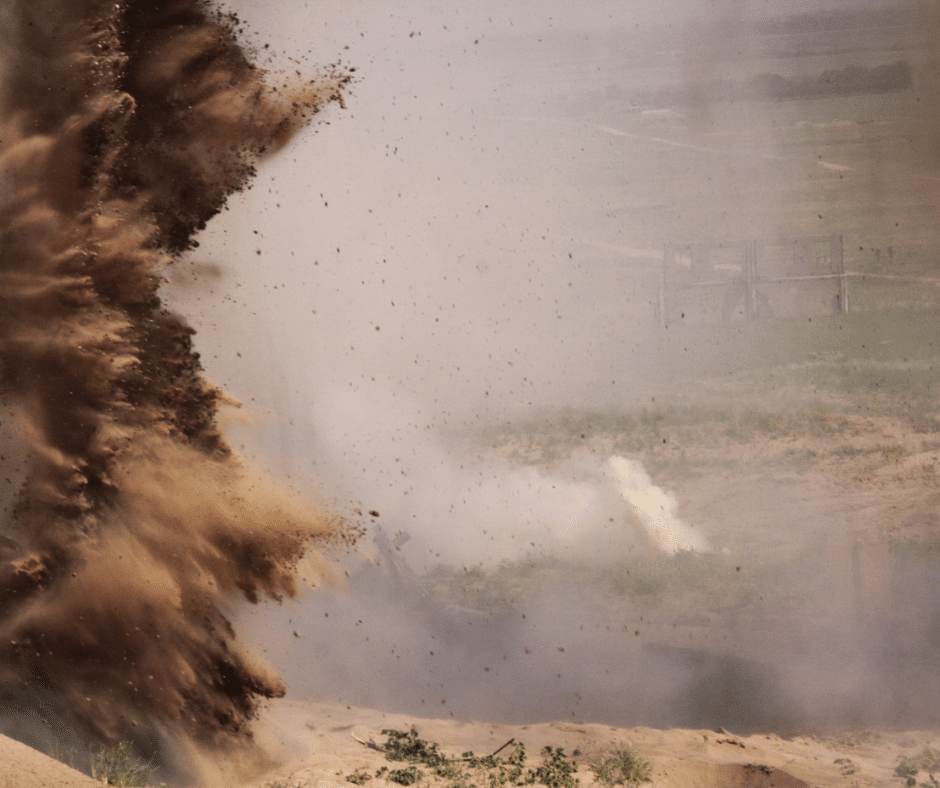Lab explosions are a lot more common than you might think.
In fact, the US Department of Labor reports that every year there are about 10,000 lab accidents in this country alone. That’s one accident every 2 hours! So it’s important to understand what causes these lab explosions and how they can be prevented.
Lab explosions can have a significant impact on the environment, causing damage to nearby ecosystems.
For example, one lab explosion in Russia released radioactive material into nearby waterways that killed many animals and left nearby residents with an increased risk for cancer. Lab explosions are also known to release fires, chemicals, oil spills, mercury vapor, radiation poisoning, hazardous materials, and even biological material.

Lab Explosions – What’s causing them?
Because lab explosions cause such a wide range of environmental damage, there are many different causes. It’s important to understand why they’re happening so we can prevent these incidents from occurring in the future.
When it comes to preventing lab explosions, the biggest error that causes them is the improper use of chemicals. For example, in 2014 a lab explosion at Harvard University led to the glass shattering on nearby windows and many students being treated for injuries. The reason? An improperly diluted nitric acid solution was used during an experiment.
Nitric Acid – Why it’s so dangerous
Nitric acid is a very corrosive chemical that causes a great deal of damage to tissue. It should be handled with care and diluted properly before use because it can cause severe burns to exposed skin and eyes, as well as respiratory tract irritation if inhaled.
What makes matters worse is the fact that nitric acid vaporizes quickly at room temperature. So if you pour it on a surface or attempt to clean up a spill with water, the solution will quickly become a gas and get into your respiratory tract.
Nitric acid is so dangerous because it can cause irreversible damage to tissue. If left unchecked, the effects of nitric acid could lead to cardiovascular collapse and even death due to respiratory failure.

Protecting Yourself from Lab Explosions
Lab explosions are incredibly dangerous because they have a high potential for widespread damage. But there are a few easy ways to protect yourself and prevent this type of accident from occurring:
- Make sure all your lab equipment is in good working order, including the eyewash fountains and showers.
- Make sure your lab is properly ventilated, especially when working with chemicals that are known to give off hazardous vapors.
- Always wear personal protective equipment while conducting experiments, including safety goggles or a full face shield, gloves, boots, and an apron that covers your skin.
- Always follow the directions for diluting chemicals and follow any other instructions from the chemical manufacturer.
- Make sure you have a plan to clean up any spills, including properly flushing the area with water after using a corrosive liquid like nitric acid.
In conclusion, lab explosions can be prevented if you handle chemicals carefully, follow procedures for using them, protect yourself with the right equipment, and make sure your lab is properly ventilated. This will not only prevent any damage to the environment, but it will also help keep you safe while working in the lab.
